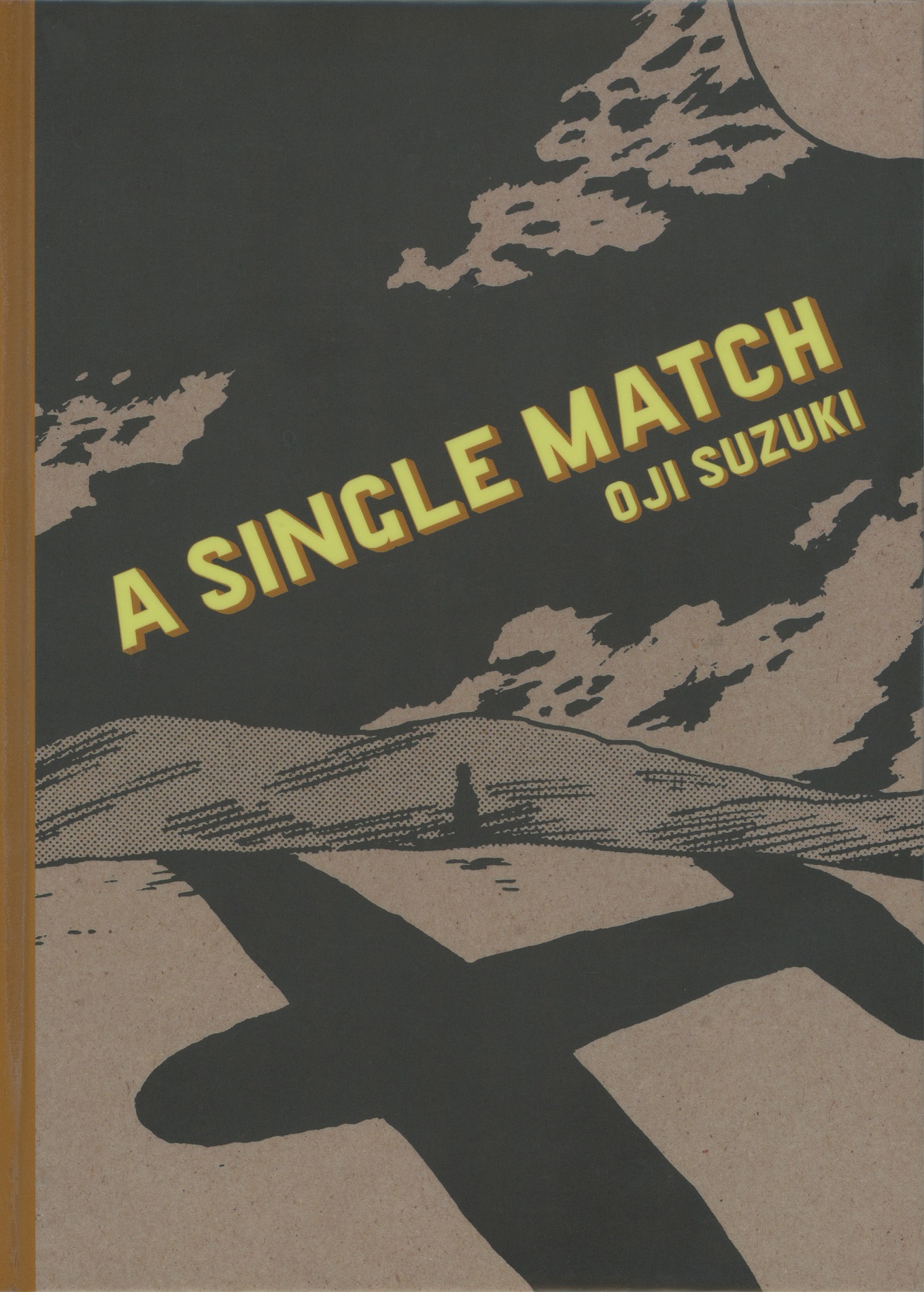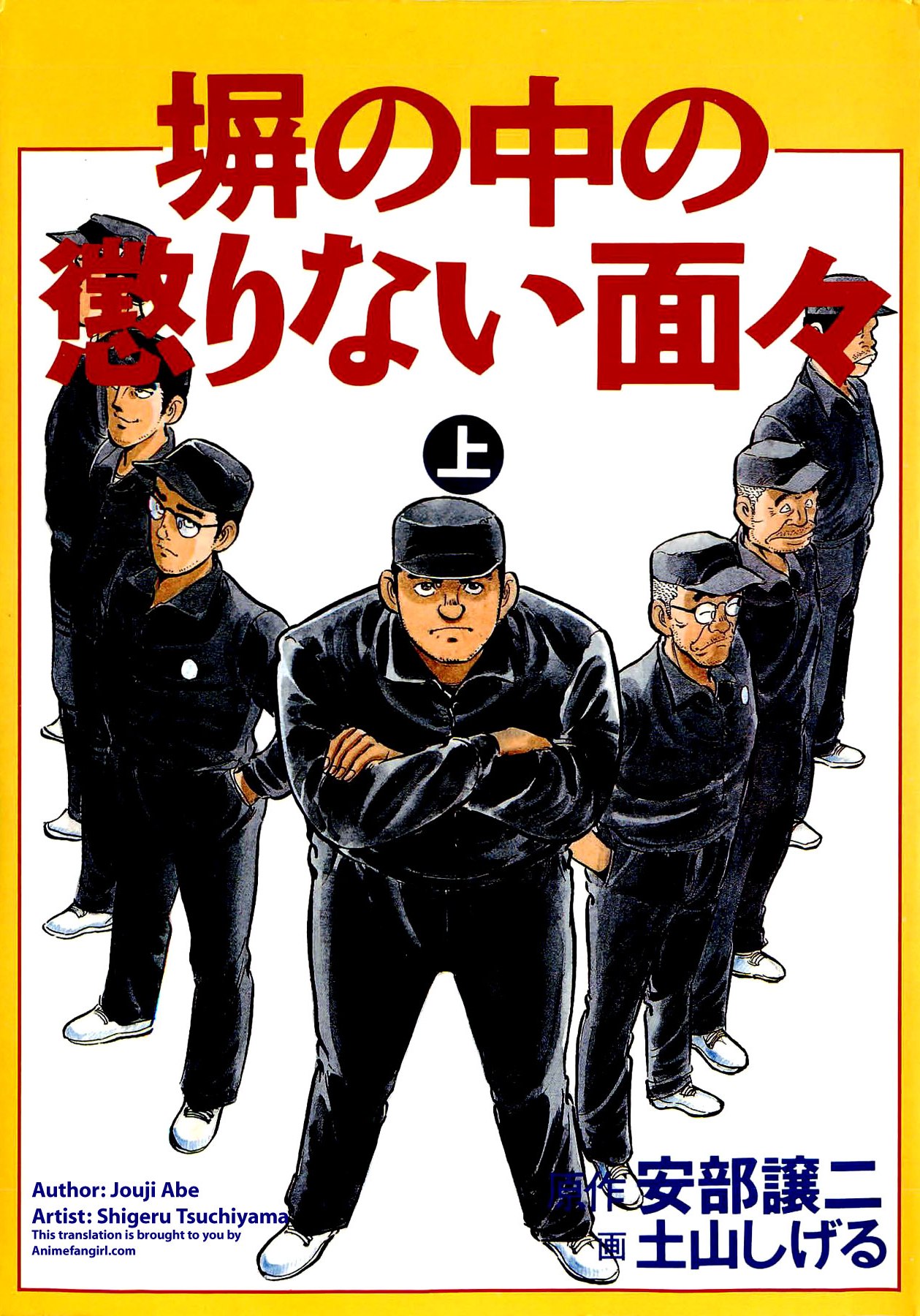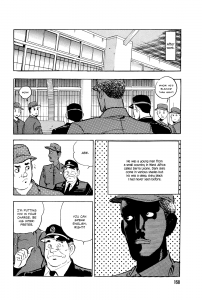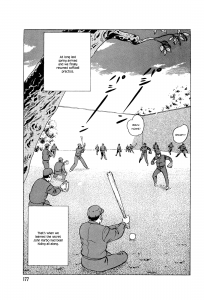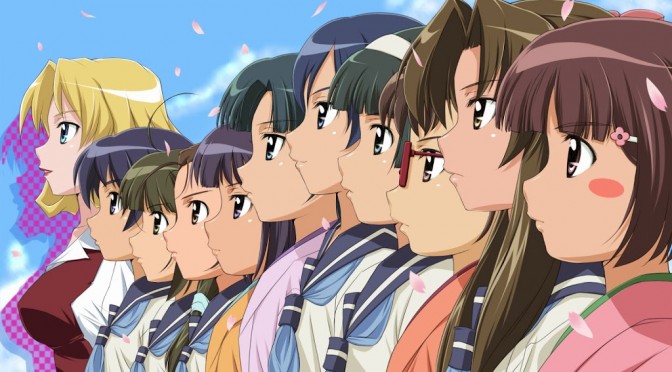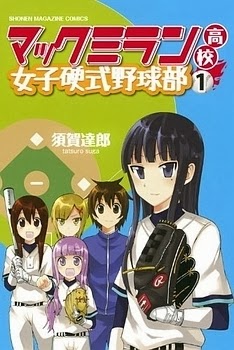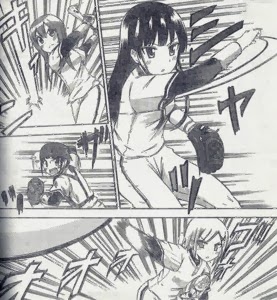A Single Match (not sure where the title Red Kimono comes from, but it seems to be an alternative title) is a weird and boring manga brought to the west by Drawn & Quarterly, popular publishers of alternative graphic fiction. I didn’t know what “alternative graphic fiction” was before I read this, but now I know it’s just a short way of saying “weird rambling stuff that doesn’t make much sense but no one wants to admit they don’t get it, so they call it ‘alternative’.” It was so bad that I barely made it through the first three chapters. Still I’m glad I tried it just because now I know better than to pick up anything ‘alternative’ next time.
The story summary as given on the book jacket:
Garo’s gekiga Oji Suzuki explores memory, relationships, and loss with shifting narrative and a splash of surrealist humor. A young man catches a cold after being soaked in the rain and is tended to by his grandmother. He drifts, dreaming of a train trip with an older brother he doesn’t have. A traveling salesman comes across a boy lying in the middle of the road and stops to have a cigarette and tell a story that flows through memories of faces and places. A young woman walks along the river with her bicycle and a friend—who is nothing more than a disembodied head—discussing past times together, memories they have of each other. Suzuki masterfully plumbs the dissolute depths of the human condition—neediness, disappointment, and betrayal. He literally bathes his characters in expansive shadows that paradoxically reveal as much as they obscure. Suzuki is one of the most talented and poetic alternative cartoonists in Japan. A Single Match is his first English collection.
If that sounds like something you might like, go for it. For me it was just disturbing, disgusting and nonsensical. I mean, I can kind of see what the attraction is supposed to be: Suzuki describes vague snatches of people’s lives and leaves you to fill in the gaps. What happened before, what happened afterwards, what’s really going on, that sort of thing.
If I had to summarize the overall effect, though, it’s like a puddle of vomit. If you stare at it long enough you can pick out individual bits – that used to be a burger, that wobbly bit was probably a hot dog and so on, but at the end of the day you’re still staring at a puddle of vomit. It may sound like I’m using strong language, but the unpleasant events of chapter 2 in particular made me want to retch, hence the analogy.
tl;dr – If you like to spend time trying to make sense of stuff that doesn’t really make sense in the first place, A Single Match might be your thing. In fact, here’s a “proper” review by someone who’s paid to find the good in the worst of things: The Comics Journal review of A Single Match. However if, like me, you’re just looking for regular, ‘normal’ manga to read, avoid avoid avoid.
